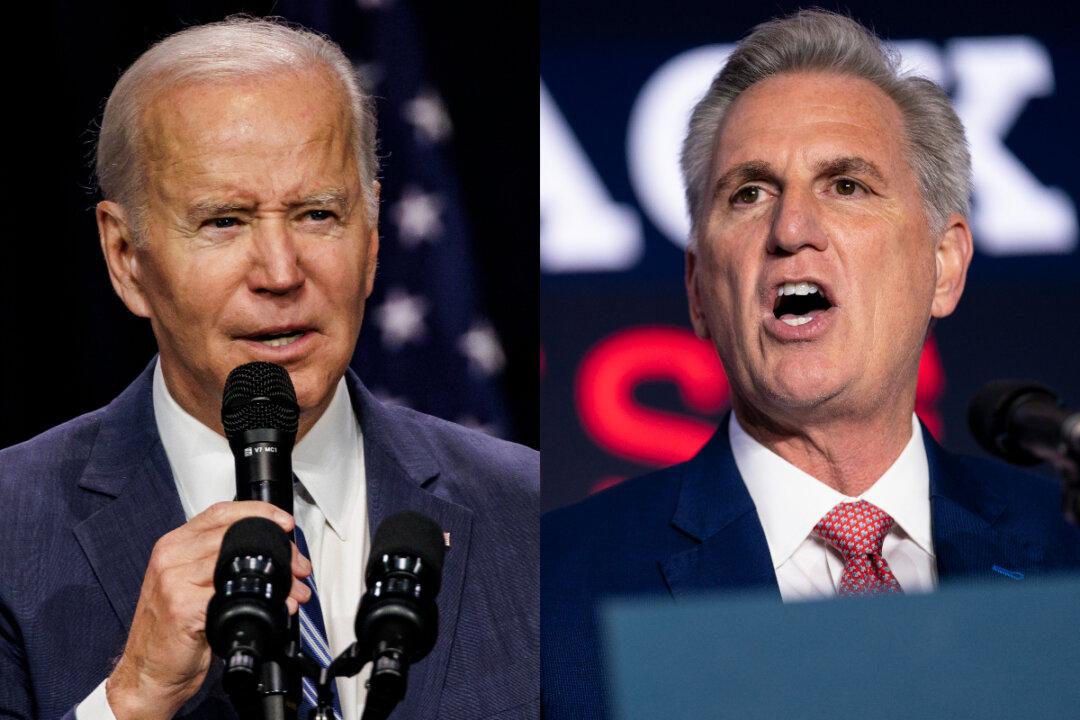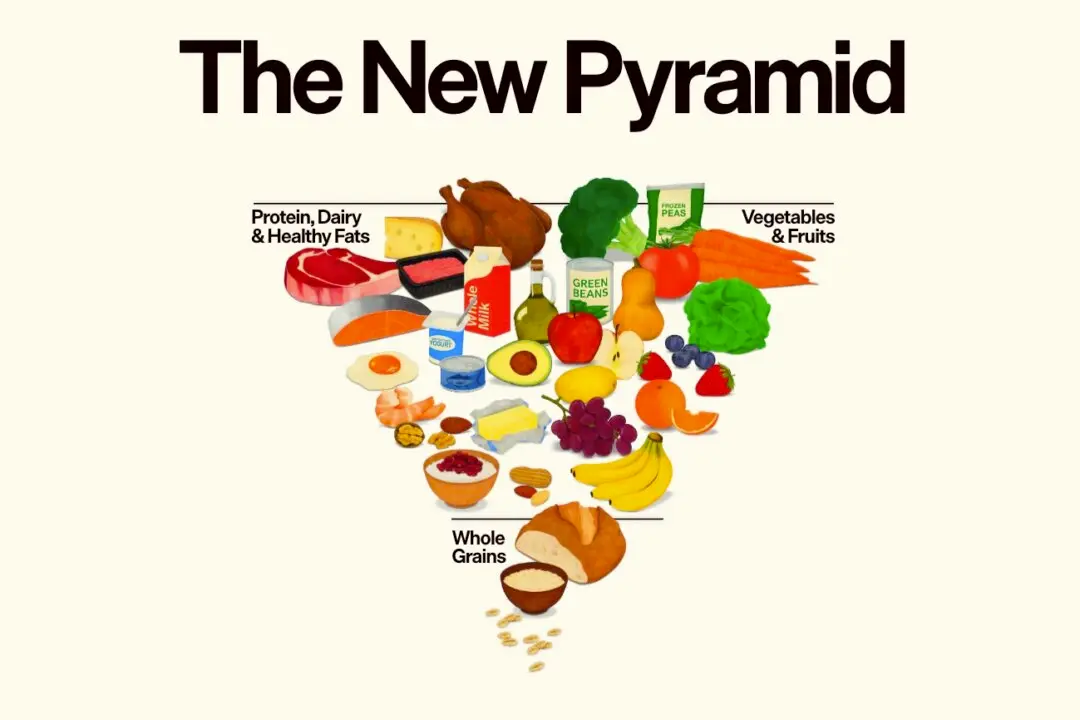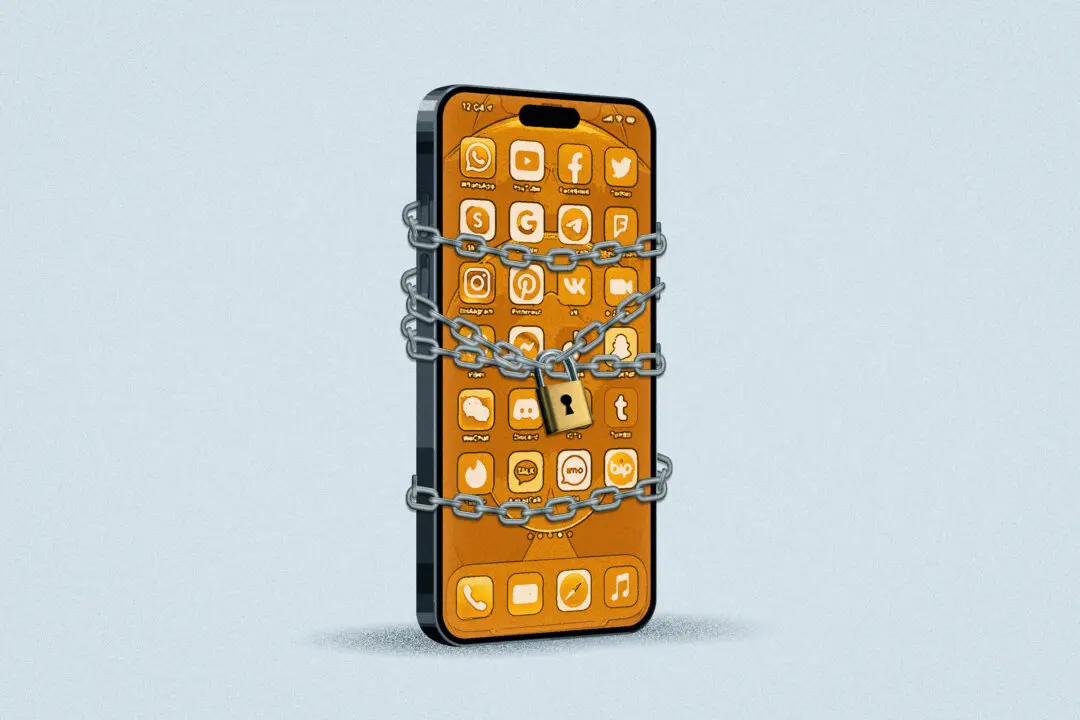The political standoff over raising the federal debt ceiling, now in its fourth month, has brought the country within four weeks of defaulting on its financial obligations. As the impasse has become an exercise in political brinksmanship, both Republicans and Democrats appear to be betting that public opinion is on their side.
They’re both right and both wrong, according to recent public opinion polls.





